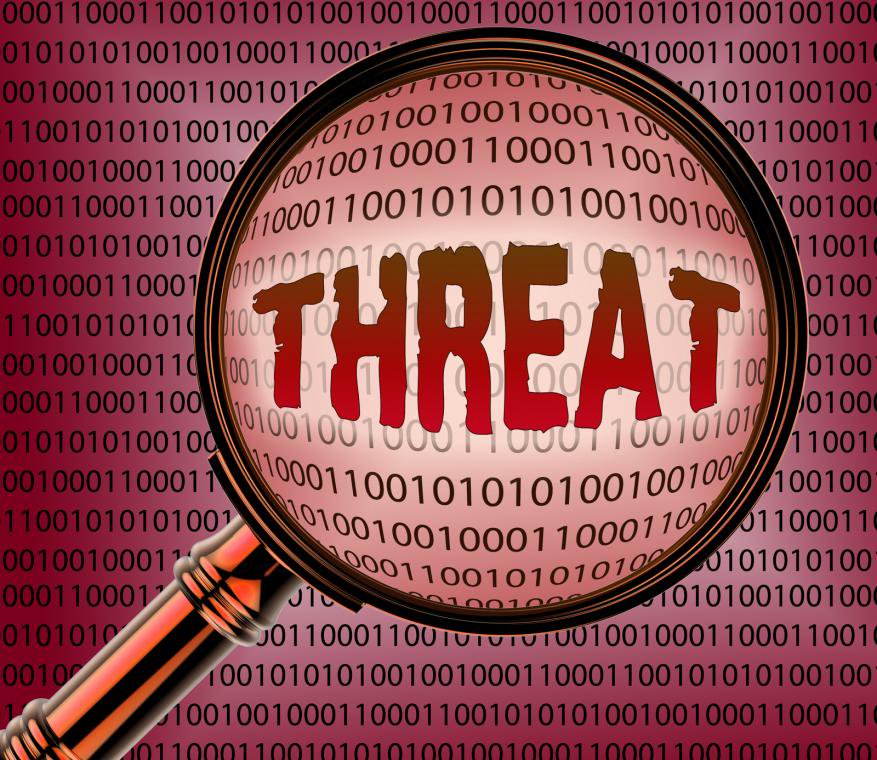Why the NHS Ransomware Attack Worked
Posted on by Christian Hendrix
Healthcare is an industry under siege. This statement was true yesterday and was underscored by today’s massive ransomware attack. Care providers are targeted by cybercriminals with greater frequency than any other organization. And thanks to old equipment and flagging security standards, these attacks find success far more often than they should.
Security is no longer just about protecting our data — it’s about protecting our health, our safety and our well-being. Thousands of innocent patients were affected by today’s attack, ranging from diverted ambulances to canceled open heart surgeries.
But what’s the root of these attacks? Why do they occur with such frequency? And more importantly, what can be done about them?
What Makes Healthcare Such an Attractive Target?
Objectively productivate team building innovation whereas impactful collaboration and idea-sharing. Dramatically maximize B2C functionalities for cross-unit networks.
In 2016, the number of major cyberattacks targeting healthcare organizations increased by 63%. There is every indication that this number will increase even further in 2017. This past March, for example, healthcare organizations saw 155% more breached records than they did the previous year.
From a criminal’s perspective, healthcare records are a golden goose. They contain all the information necessary for medical identity fraud, an extremely lucrative crime. And they sell for up to ten times the price of stolen credit card numbers on the black market.
This is compounded by the fact that healthcare security still lags well behind other industries. It is easier for a criminal to lift medical data from several small clinics than it is to steal money from a bank, for example. Given the potential for a much greater payoff, it isn’t difficult to see why so many criminals have hospitals and clinics in their crosshairs.


















